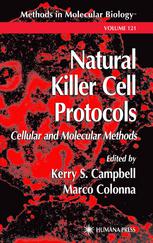There is a need in small group teaching for a readable module that provides a balanced treatment of the four main areas of medical microbiology-bacteriology, mycology, virology and parasistology. It need not be encyclopedic in scope nor didactic, but it should emphasise principles and concepts. Any existing gaps in this type of presentation are, of course, left for the student to fill.Some subject material has been excluded. An example is a chapter on laboratory procedures including PCR for rapid bacterial and viral diagnosis. The discussion of bacterial sexually transmitted diseases does not cover goncoccal infections. This is not a serious matter because the tutor can assign the topic to the students. Moreover, we have reluctantly omitted a separate chapter on anaerobic bacteria. The subject of nosocomial pathogens is touched upon but not in sufficient detail (e.g., control). These bacteria (e.g., S. aureus, E. coli and pseudomonas) are found in hospitals and are resistant to disinfectants and antibiotics. A new but serious problem is the emergence of resistance to antiviral agents.Without question, molecular biology owes more to the study of viruses than bacteria. The fact remains, however, that effective therapy against most viral diseases is not yet available. Perhaps one of the most dramatic examples of this situation is the fight against the AIDS virus and the search for a vaccine. The public health challenge of AIDS remains formidable in spite of the recent encouraging results obtained with protease inhibitor therapy. At the moment at least six receptors for HIV are known to be present in human cells. One of them is the CCR5 receptor in the absence of which cells fail to get infected with the virus. Drugs that can interrupt CCR5 binding sites on the virus envelope are being vigorously sought. Thus, Volume 9B gives a large place to HIV disease.The last group of chapters highlight several features of microbiology which are also of clinical importance and heuristic value. The chapter on fever of unknown origin provides fertile soil for problem based learning.






Reviews
There are no reviews yet.